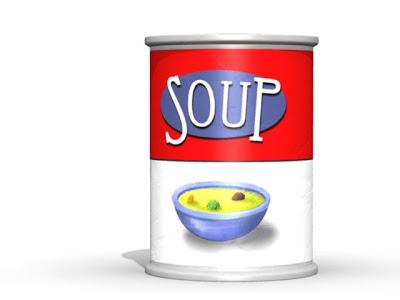Topics
pricing, sales promotion, discount, demand curve, sales, profits, marketing experiments, testing
Review the activity below or download the PDF student worksheet
- Student Worksheet: Setting Prices Using Marketing Experiments
- Instructor Solutions (Members Only): Setting Prices Using Marketing Experiments = Solutions
Student Discussion Activity
Introduction to Marketing Experiments
Marketing experiments are a way of testing in the market with real consumers to see how they react and behave to our marketing mix changes. In this activity we will focus upon a pricing experiment using a mix of discount and premium prices, but any marketing mix element can be used.
Experiments are helpful as we get access to real data that marketers can use to make better informed decisions – often known as data-driven decision-making.
Some examples of marketing experiments would include:
- Offering products in different sizes
- Offering products in different flavors or colors
- Changing the packaging and key benefits listed
- Testing variations of a webpage
- Testing variations of advertising – media and/or creative
- Different days/times of sending emails
- Different in-store placement
- Promoting via various social media platforms
- Product bundling variations and offers
- And so on…
Testing Price Points for Cans of Soup
A supermarket has conducted a series of price experiments with a popular brand of soup that sells well in their stores.
Over the last year, they have experimented with six different prices (running for a month period at a time) to identify which price point will maximize their profits for this product line.
The following table provides a summary of their results – unfortunately it is not fully completed, so you will need to complete the missing data by following the first two columns that are fully calculated.
Please start by completing the table for Experiments 2 to 5, and then answer the questions at the end.
Student Discussion Questions
- Complete the above table and identify which price point maximizes profits.
- Using Total Unit Sales and Retail Price, chart the demand curve. Based on this curve can you estimate (guess) likely sales levels if the soup was sold at $1.75 and $3.50. If so, do you think that the supermarket needed to conduct so many pricing experiments? Why/why not?
- How do you think that customers would react (attitude the store) to the frequent prices (up and down) in this brand of soup?
- Given that the brand is quite popular – would the manufacturer of the soup be concerned with so many retail price changes for their brand (given they are receiving $1.25 per unit regardless)? And what price would they like to see?
- Finally, what if your recommendation on what retail price that the supermarket should set for the soup brand, considering these factors collectively:
- the maximum profit price point (from Q1)
- the customers’ preferred price point
- the manufacturer’s preferred price point (from Q4)
- the potential impact on sales of other soup brands in the supermarket – as it is likely that while sales of this brand with go up/down with price, sales of competitor soup brands will go down/up inversely
- and soup in cans tends to have a long shelf life – and some consumers are likely to “stock up” and purchase in advance if the price is low (that is, demand is brought forward)
Related Activities

